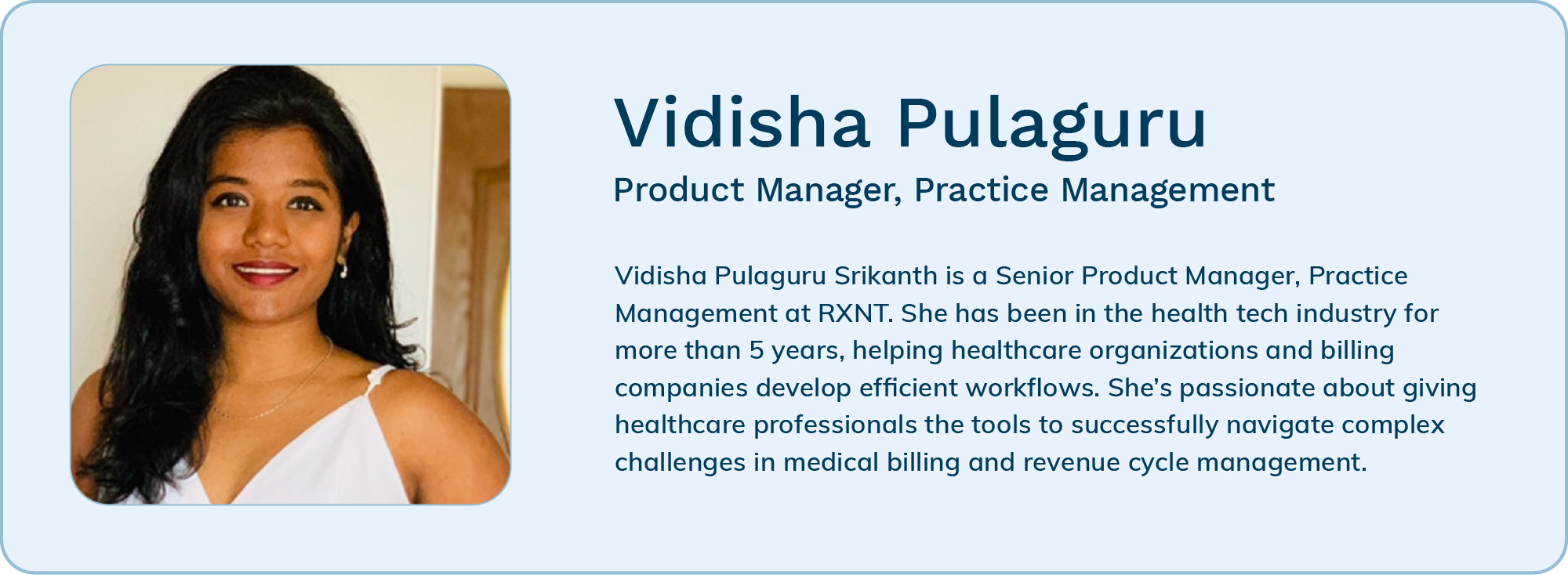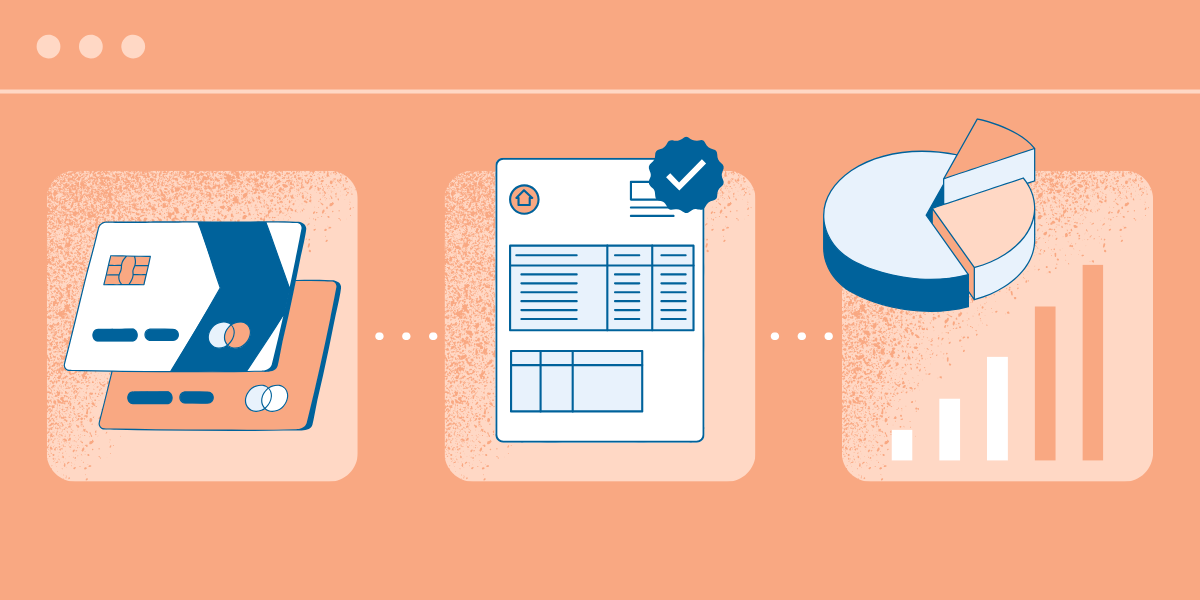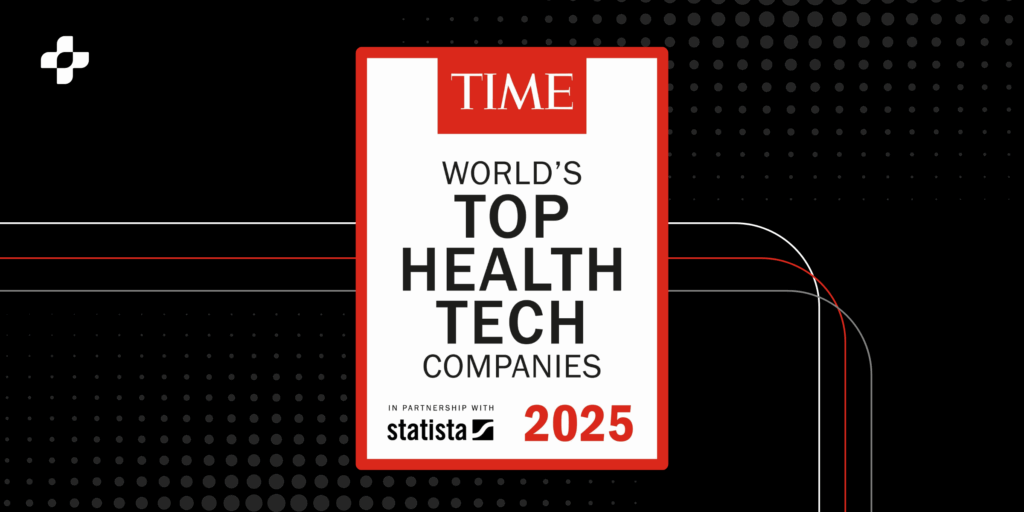Operational efficiency is no longer nice to have in today’s healthcare environment—it’s a must. Staffing shortages, evolving regulations, and tighter reimbursement margins mean organizations can no longer afford to leave money—or time—on the table.
Operational efficiency is no longer nice to have in today’s healthcare environment—it’s a must. Staffing shortages, evolving regulations, and tighter reimbursement margins mean organizations can no longer afford to leave money—or time—on the table. One of the most impactful places for healthcare organizations to start is their billing and payments workflow.
Streamlining billing isn’t just about getting paid faster. It’s about reclaiming hours, reducing errors, and freeing up staff to focus on what truly matters: patient care. The good news is that optimizing workflows to unlock those benefits is simpler than you might think.
RXNT has seen firsthand how simple changes enable organizations to create more modern workflows. One client lowered billing time by over 650 hours every month. Another shaved off three hours of billing work per provider—a dramatic difference for organizations managing multiple providers. So, how can your organization achieve similar results?
Below, you’ll learn three key areas where optimizing your billing and payments workflow can help you unlock a greater ROI.
Streamlining Charge Capture and Payment Collection
Charge capture and payment collection may seem like basic operational tasks, but they’re often riddled with inefficiencies that cost practices a significant amount. In fact, inaccurate or delayed charge capture is one of the leading causes of revenue leakage in medical practices, with studies estimating that hospitals can lose 1% in potential revenue due to charge capture problems alone. Some of the most common pitfalls around charge capture include:
- Delayed documentation: When providers document services hours or even days after a patient encounter, key details can be forgotten, leading to undercoding or missing charges entirely.
- Inconsistent coding: Without standardized processes or checks, different providers may use varying codes for the same services, creating billing confusion and increasing the risk of denials.
- Manual processes: Paper-based or fragmented digital systems often result in charges being entered multiple times (and inconsistently), increasing staff workload and the chance for errors.
- Lack of visibility: Practices often struggle to track the status of charges across departments or team members, slowing down reimbursements and obscuring revenue performance.
Implementing a modern, integrated charge capture system ensures that every service rendered is accounted for in real time. By removing manual steps and giving providers tools to document charges at the point of care, practices reduce delays, improve accuracy, and speed up payment collection.
That’s where tools like RXNT’s Charge Capture App can make a meaningful difference. It gives providers and staff mobile access to record patient services quickly and assign codes directly from a smartphone or tablet. Once those codes are entered, they flow into RXNT’s cloud-based billing solution for streamlined processing, eliminating data silos and improving accuracy.
Insurance Payments: Where Accuracy Drives Revenue
Insurance payment posting can feel like navigating a maze—especially when working across multiple payers with different rules, reimbursement rates, and claim formatting. Unfortunately, even small posting errors can snowball into thousands of dollars in lost revenue and hundreds of hours of rework. Some additional pain points around insurance payment processing include:
- Manual entry and a lack of automation create bottlenecks and increase the risk of human error.
- Inaccurate payment posting can lead to over- or underpayments, missed secondary billing opportunities, and patient dissatisfaction.
- Limited visibility into denied or underpaid claims slows down appeals and keeps practices in the dark about payer performance.
To stay profitable and efficient, practices must modernize how they manage insurance payments. That means implementing tools that provide real-time warnings, autosave, and keyboard shortcuts to minimize disruptions and reduce posting time.
By optimizing this part of the workflow, practices can:
- Reduce denied or misapplied payments.
- Accelerate collections and reimbursements.
- Free up billing teams to focus on strategic work instead of repetitive tasks.
- Track payer performance and appeal underpayments faster.
See how RXNT’s new insurance payment screen enables you to unlock all these benefits and deliver a better patient experience. Learn more.
Unlocking Data Insights for Better Billing Decisions
Many practices struggle with limited reporting capabilities, leading to reactive decisions and missed opportunities for revenue growth. This results in several key challenges, including:
- Disparate systems that don’t communicate or consolidate billing data.
- Lack of actionable insights into billing patterns, payer performance, or denied claims.
- Minimal transparency into provider productivity or patient-level financial trends.
Using analytics, practices can move from reactive to proactive revenue cycle management. Instead of waiting for issues to show up in the bottom line, advanced reporting tools surface trends, inefficiencies, and opportunities for improvement in real time.
Additionally, the right reporting tool can show much-needed insights like which providers consistently undercode, which CPT codes get denied most often, where your practice is leaking revenue from aged AR, and more.
Take RXNT’s RCM and clinical analytics dashboard, for example. These tools offer integrated, easy-to-use reporting with drill-down capabilities, giving healthcare practitioners a full picture of clinical performance and financial health, which helps improve decision-making and patient outcomes.
For a more in-depth look at how advanced analytics can improve your practice, check out “A Guide to RXNT’s Advanced Reporting: Clinical and RCM Analytics.”
Create More Efficient Billing and Payment Workflows with RXNT
Optimizing your billing and payment workflows isn’t just about saving time — it’s about strengthening your revenue cycle, improving staff productivity, and creating a better financial foundation for your practice. Whether it’s tightening up charge capture, streamlining insurance payment posting, or using advanced reporting to guide smarter decisions, even small improvements can lead to meaningful results.
With RXNT’s fully integrated, cloud-based software, eliminating inefficiencies and taking control of your billing operations is faster and easier than ever. From mobile charge capture to advanced analytics and simplified insurance payments, RXNT is designed to meet the real-world needs of healthcare professionals.
Ready to learn more? Contact RXNT today or book a no-strings-attached demo.





